On View
Two Photographers Traveled to the Arctic to Capture Powerful Images of the Rapidly Militarizing Region. See Their Work Here
Their images capture some of the lesser-known consequences of climate change.
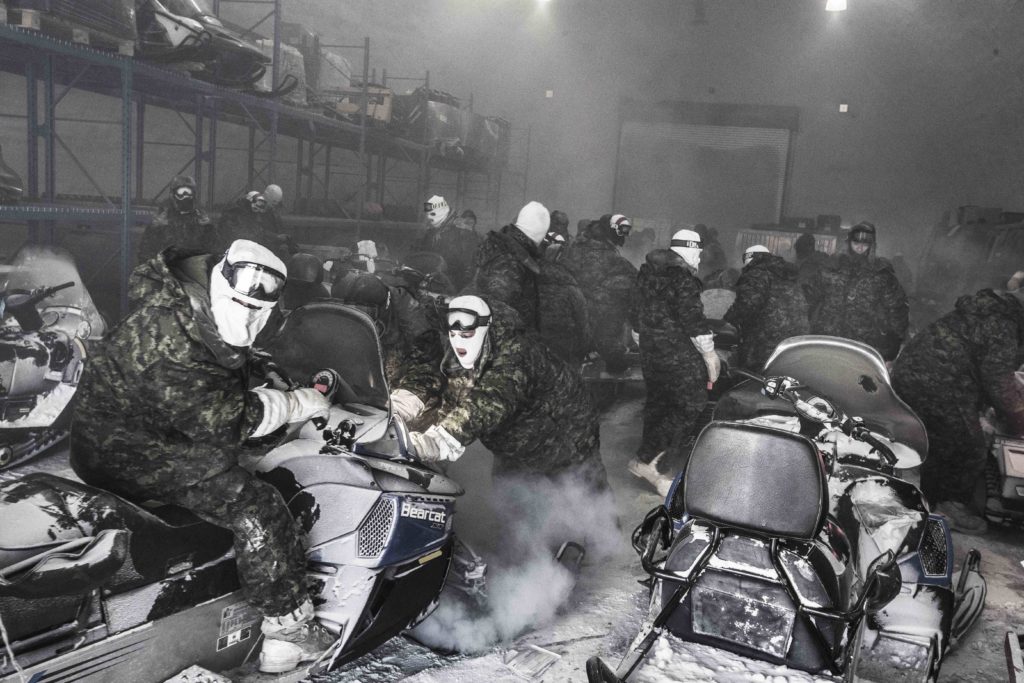
Their images capture some of the lesser-known consequences of climate change.

Naomi Rea

In the summer of 2018, documentary photographers Kadir van Lohuizen and Yuri Kozyrev travelled to the Arctic territory and battled through harsh conditions to document the changing terrain. What they found—a climate in collapse, evacuated indigenous communities, and a swath of land that is quickly being militarized—is a stark warning to the world about the perils of climate change.
“People don’t realize how quickly it’s going,” van Lohuizen tells artnet News. “We all know about climate change, that ice caps are melting, that glaciers are retreating, but it goes three times faster in the Arctic than anywhere else in the world.”
Their project, for which the photographers won the 9th Carmignac Photojournalism Award, a €100,000 ($113,000) grant to execute their work, is now on view at the Saatchi Gallery in London in an exhibition titled “Arctic: New Frontier.”
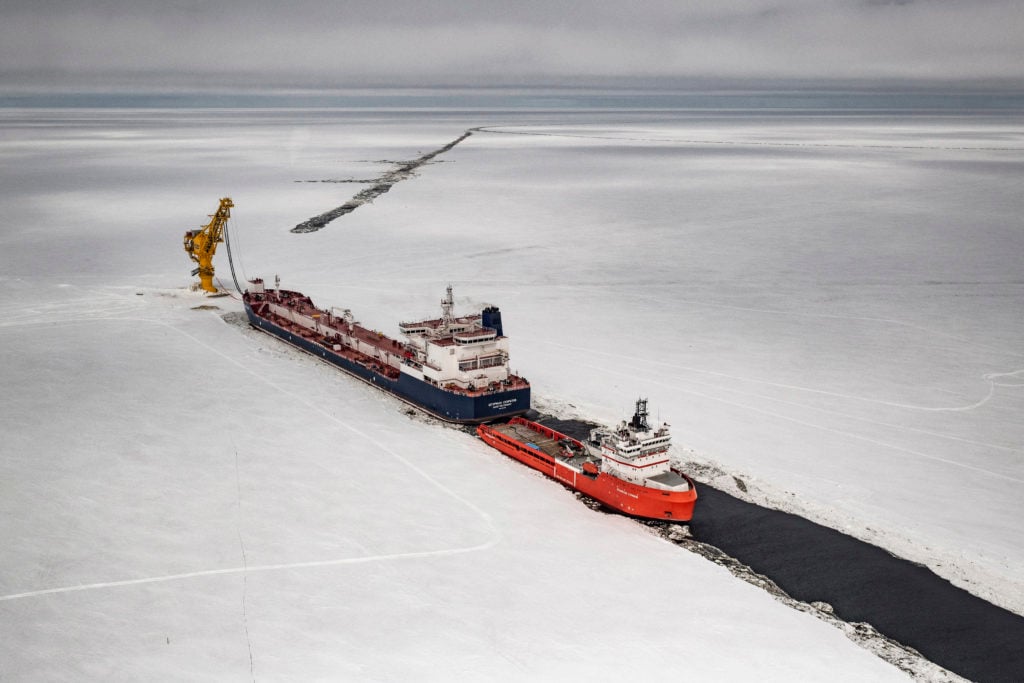
Cape Kamenny, Yamal Peninsula, Russia, May 2018. © Yuri Kozyrev – NOOR for Fondation Carmignac. Every other day on average, the icebreaker Baltika supports the mooring and loading operations of tankers at Gazprom Neft’s “Arctic Gate” terminal in Gulf of Ob. The terminal was built 700 km away from the existing pipeline infrastructure, so Yamal gaz, oil and condensates are shipped by sea for the first time in the history of Russia’s energy industry.
The fact that the photographers shot in the summer puts a special emphasis on their project. “If predictions are right, there won’t be an Arctic at all during the summer in 11 years time,” van Lohuizen says. The territory is rich in resources, and as the ice melts, the oil and gas industry is growing. One of Kozyrev’s images from last August, an aerial shot of an oil tanker, records the first time there was no need for icebreakers.
The project documents climate change’s effects on both the landscape and its inhabitants. Last summer, for the first time in history, the only remaining Nomadic people of the region, the Nenets, were unable to complete their seasonal movement due to the melting of the permafrost. Elsewhere, an indigenous village in northern Alaska, Kivalina, is predicted to disappear underwater by 2025. Some communities are already being evacuated.
“The sad thing is that they are some of the oldest communities in the US—native and indigenous communities—and they are losing their livelihoods and communities as it becomes more difficult to hunt,” van Lohuizen says.
One of the images captured by the Dutch photographer shows an Inuit hunter standing on a block of ice watching for whales, which are more difficult to hunt after the disappearance of sea ice. Van Lohuizen nicknamed the wistful image “Waiting for the Whale.”
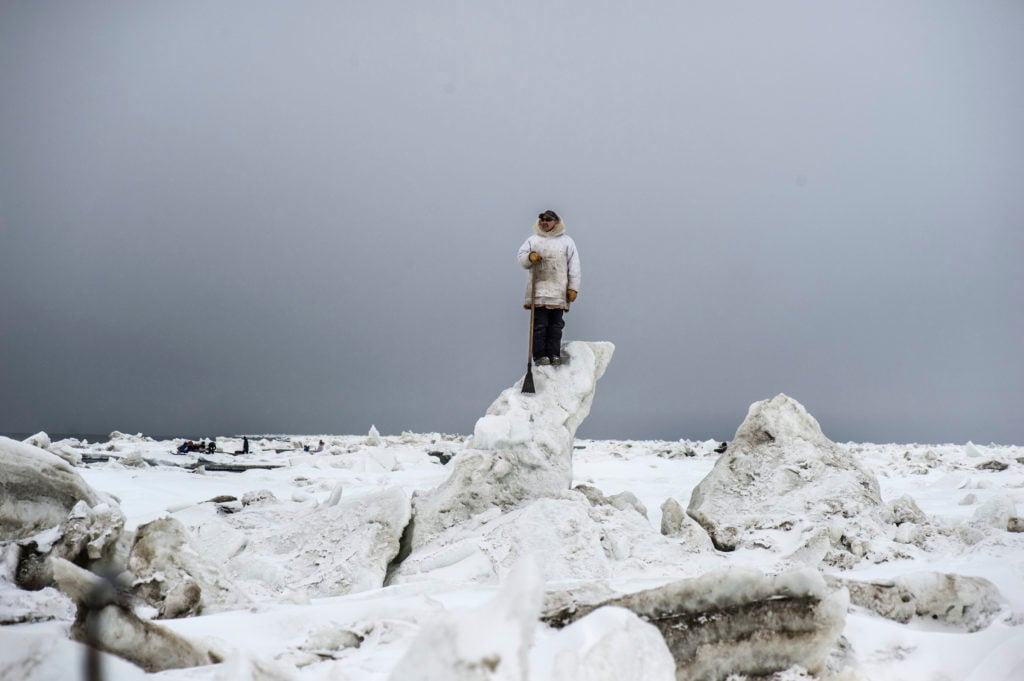
Point Hope, Alaska, USA, May 2018. © Kadir van Lohuizen – NOOR for Fondation Carmignac. Gordon Omnik stands on watch to spot bowhead whales. The local Inuit community is allowed to catch 10 of them each year. Normally, the hunting starts when the sea ice breaks in the spring : the whales migrating up north use the channels to come up to breathe. If the ice melts, the whales can swim around with more ease, which makes them much harder to hunt.
The photos also capture a lesser-known consequence of climate change: as the possibility of development opens up, the region is rapidly being militarized, and the risk of conflict is escalating.
“Everyone is running for the jackpot,” van Lohuizen says. The main players are Russia, Canadia, and the Netherlands, a nation that has not been present in the region since the Cold War. The US and China are also encroaching on the territory.
“I don’t know yet how I feel,” van Lohuizen says when asked what it was like to exhibit a documentary project in an art gallery. “The Saatchi is beautiful, you couldn’t wish for a better setting. And the Arctic is obviously beautiful too. Though it’s depressing to know how this beauty is disappearing. At the same time, we did not consider this necessarily to be art.”
The art gallery does, however, offer a new audience to the photographers, which is ideal for spreading their message. The pair previously exhibited their work at a science museum in Paris.
“The main goal we have is for people to see something they haven’t seen before, that they didn’t know before, didn’t think about before,” van Lohuizen says. “We are all on the same planet and most people are aware that we have to take better care of her. And the melting of the Arctic will affect us all. Not just the remote Inuit communities in Alaska or Canada.”
The pair plan to continue on documenting the region and its “tricky, dangerous, and volatile” path to the future.
“Arctic: New Frontier” is on view through May 5 at the Saatchi Gallery in London. See more images from the exhibition below.
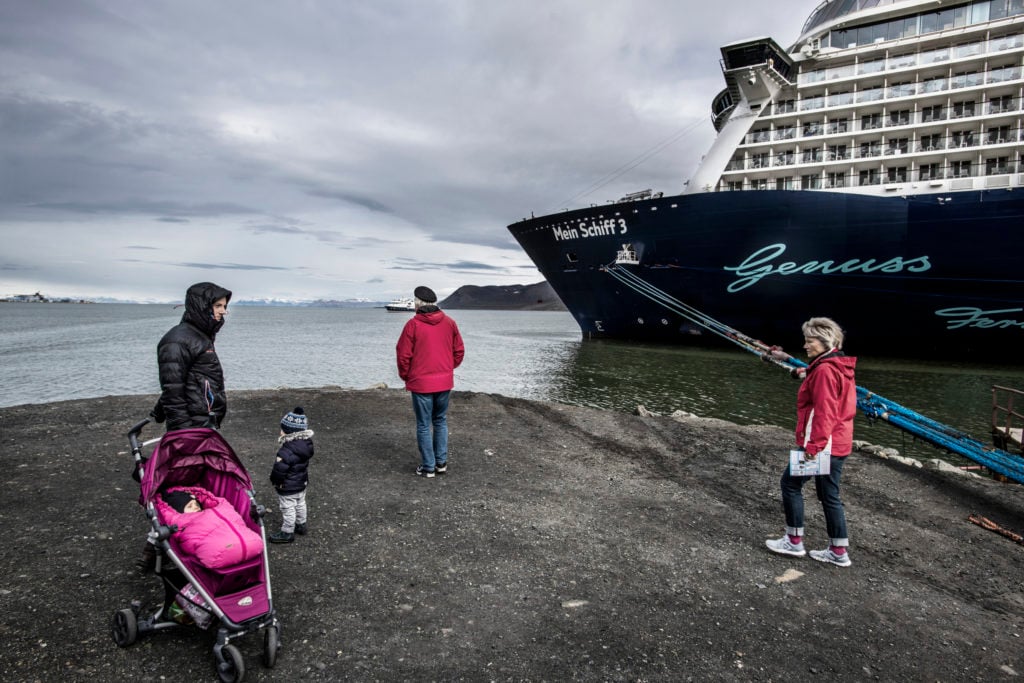
Longyearbyen, Svalbard Islands, Norway, July 2018. © Kadir van Lohuizen – NOOR for Fondation Carmignac. The archipelago and its main island, Spitzbergen, are under the Norwegian sovereignty. Their population of 2,500 more than doubles when a 300 m-long cruise ship like the Mein Schiff 3 (“My Ship 3”) disembarks its 3,000 passengers and 1,000 crew members.
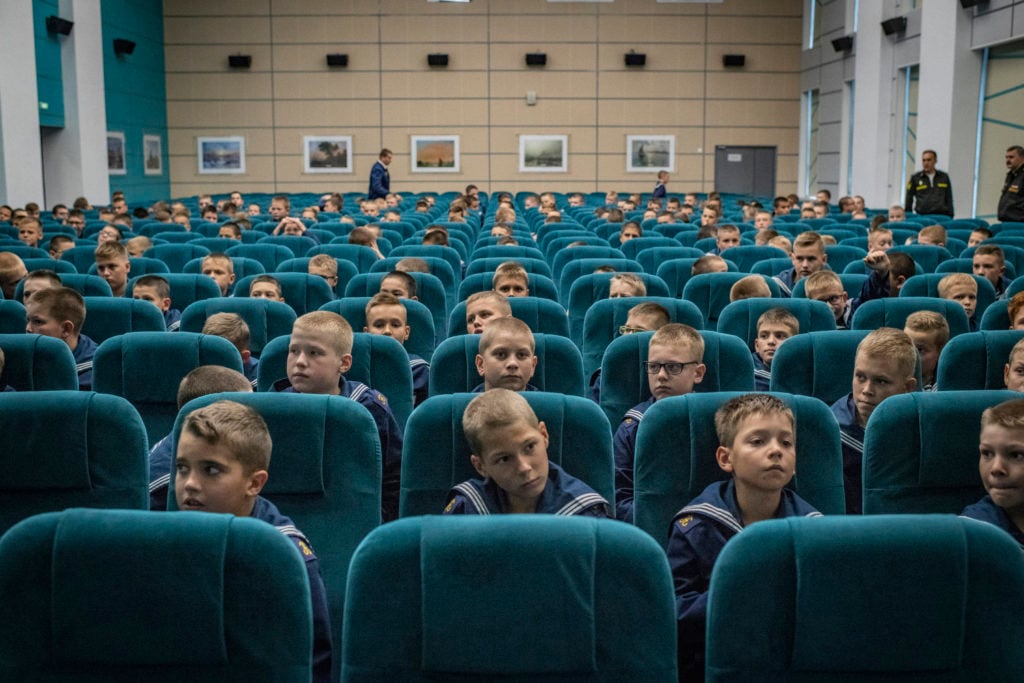
Murmansk, Kola Peninsula, Russia, September 2018. © Yuri Kozyrev – NOOR for Fondation Carmignac. Almost 300 cadets attend this school, named after the admiral Pavel Nakhimov (1802-1855), who was shot by a sniper at the Siege of Sevastopol. Over the last five years, eight other Nakhimov schools have been established countrywide under the decision of President Putin.
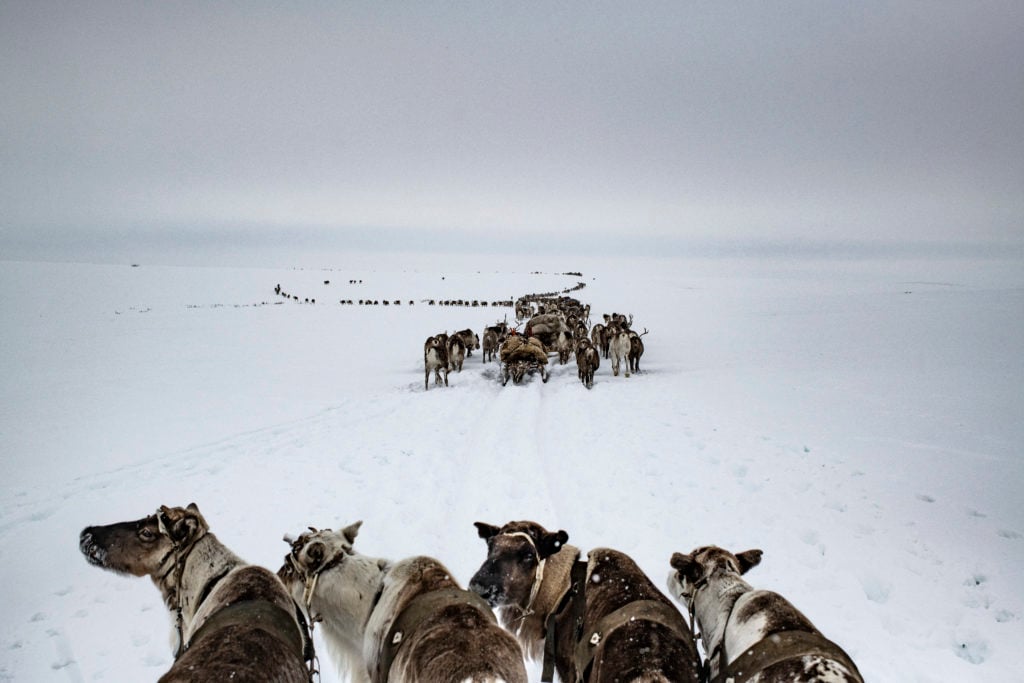
Yamal Peninsula, Russia, April 2018. © Yuri Kozyrev – NOOR for Fondation Carmignac. The Serotetto nomadic herding family (officially the 8th Brigade of the Yar-Sale state farm) move their reindeer northward from winter pastures to summer pastures. The herds in the peninsula usually range from 50 to 7,000 heads and the migration pattern depends on seasons and on the continuity of lichen pastures. For the first time, the Serotetto family could not finish their transhumance this year because of the permafrost melting.